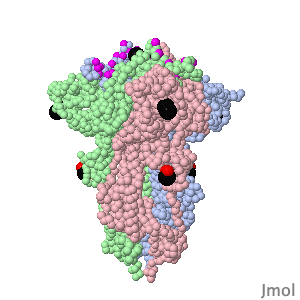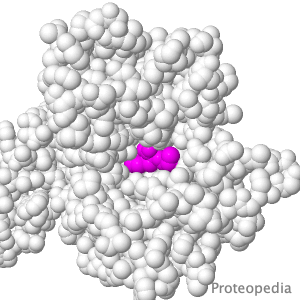Main Page
From Proteopedia
| Line 32: | Line 32: | ||
<p>[[Help:Contents#For_authors:_contributing_content|How to author pages and contribute to Proteopedia]]</p> | <p>[[Help:Contents#For_authors:_contributing_content|How to author pages and contribute to Proteopedia]]</p> | ||
<p>[[Proteopedia:Video_Guide|Video Guides]]</p> | <p>[[Proteopedia:Video_Guide|Video Guides]]</p> | ||
| + | <p>[[Who knows]] ...</p> | ||
</td> | </td> | ||
Revision as of 14:12, 18 October 2018
|
Because life has more than 2D, Proteopedia helps to understand relationships between structure and function. Proteopedia is a free, collaborative 3D-encyclopedia of proteins & other molecules. ISSN 2310-6301 | |||||||||||
| Selected Pages | Art on Science | Journals | Education | ||||||||
|---|---|---|---|---|---|---|---|---|---|---|---|
|
|
|
|
||||||||
| Other Selected Pages | More Art on Science | Other Journals | More on Education | ||||||||
|
How to author pages and contribute to Proteopedia Who knows ... |
How to get an Interactive 3D Complement for your paper |
Teaching Strategies Using Proteopedia |
|||||||||





